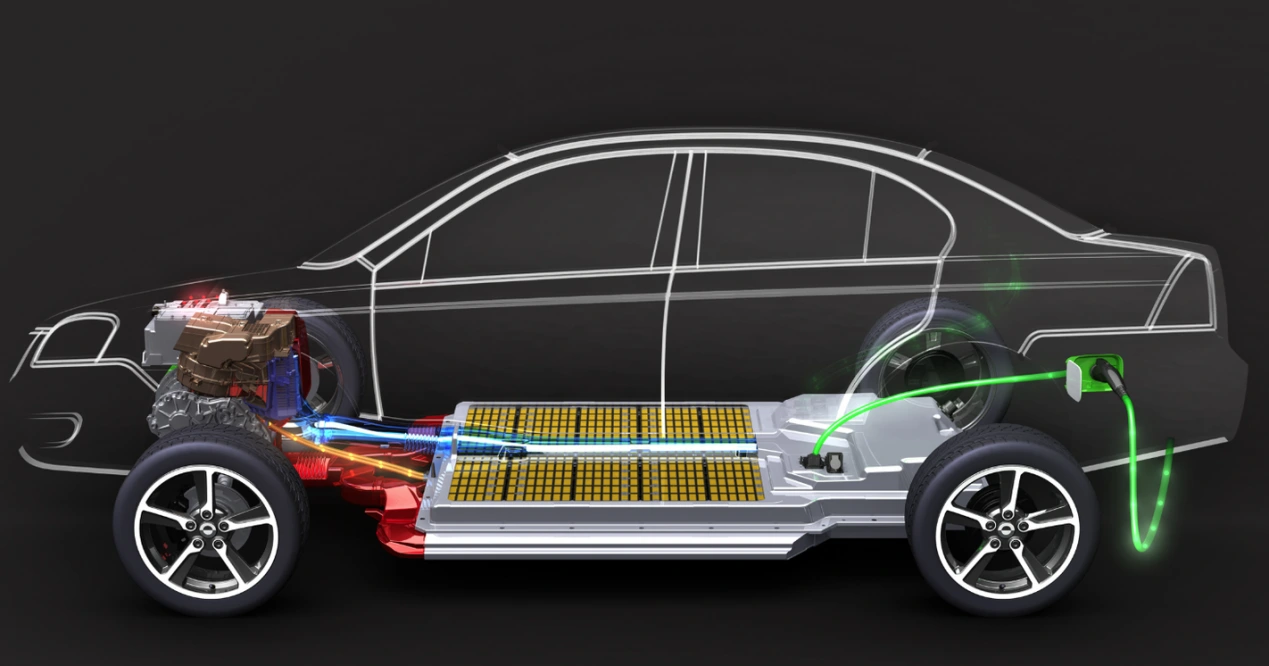When it comes to protecting your underground garage from water damage, Underground Garage Flood Barriers are an indispensable solution. Whether you’re dealing with heavy rains, rising groundwater levels, or accidental floods, these barriers are designed to effectively prevent water from entering your garage, ensuring the safety of your property, belongings, and vehicles. In this post, we’ll walk you through everything you need to know about Underground Garage Flood Barriers, from their key features to installation requirements and advantages.
What Are Underground Garage Flood Barriers?
Underground Garage Flood Barriers are protective systems installed at the entrance of underground garages to prevent floodwater from entering. They are specifically designed to be both effective and convenient, with features that allow for quick deployment and reliable protection against water damage. These barriers come in various forms, including ramp or flush designs, and can be customized to fit the specific needs of your property.

Key Features of Underground Garage Flood Barriers
1. Water-Driven Operation
One of the standout advantages of Underground Garage Flood Barriers is that they require no power or human labor to operate. These barriers are fully driven by water pressure itself, making them an incredibly efficient and low-maintenance option. When floodwater starts to rise, the system activates automatically, creating a solid barrier without the need for any external power or human intervention.
2. Lightweight and Manual Operation
The barrier’s structure is designed to be lightweight, which makes manual operation easy when required. In some instances, the barrier can be raised or lowered manually, depending on your preferences and the design you choose. This flexibility is perfect for situations where the water level is not extreme but still needs a physical barrier to stop water from entering.
3. Versatile Installation Options
Underground Garage Flood Barriers offer two primary installation options:
-
Ramp Form: In this configuration, the barrier sits directly on the ground and can be easily deployed when needed. It’s ideal for garages where the water is expected to rise gradually.
-
Flush to Ground Form: This form requires embedding the barrier into the ground, allowing it to sit flush with the surface when not in use. This option is aesthetically pleasing and is perfect for those who want the barrier to be inconspicuous while still offering robust flood protection when needed.
Product Specifications: Tailored to Your Needs
Every garage is different, and so are its flood protection needs. Underground Garage Flood Barriers come with customizable specifications to ensure that your garage is fully protected.
Flood Height:
-
The barrier can be customized to a flood height ranging from H0.6 to H1.5 meters depending on your specific flood risk. This ensures that the system is suited to your local environmental conditions.
Length:
-
The length of the barrier fits the width of your garage doorway and is supplied in modules for easy installation. You can adjust the length to match the exact size of your garage entrance.
Over-Pass Weight:
-
The system is designed to withstand the weight of a vehicle up to 4.5 metric tons. If your garage houses heavier vehicles or machinery, higher strength barriers can be customized to accommodate additional weight.
Installation Requirements: Setting Up Your Flood Barrier
Installing Underground Garage Flood Barriers is relatively straightforward but requires some preparation to ensure optimal performance. Here’s what you need to know:
1. Side Wall Installation:
-
The side wall of the garage needs to have space to attach the end retaining rubber that helps create a seal. This ensures that no water can bypass the barrier and infiltrate the garage.
2. Flat Ground for Plastering:
-
The ground needs to be plastered flat, with a tolerance of ±3mm. This ensures that the barrier seals tightly and effectively, preventing water from seeping through any gaps.
3. Ground Slotting Work:
- About Author

More Stories
Nutra Green: Professional Supplier of King Trumpet Mushroom / Pleurotus ostreatus Extract Ergothioneine 1%
LiFePO4 vs Lead-Acid: Real Differences in Cost, Power, and Lifespan
Choosing the Right Play Equipment for a Colorful Children’s Amusement Zone